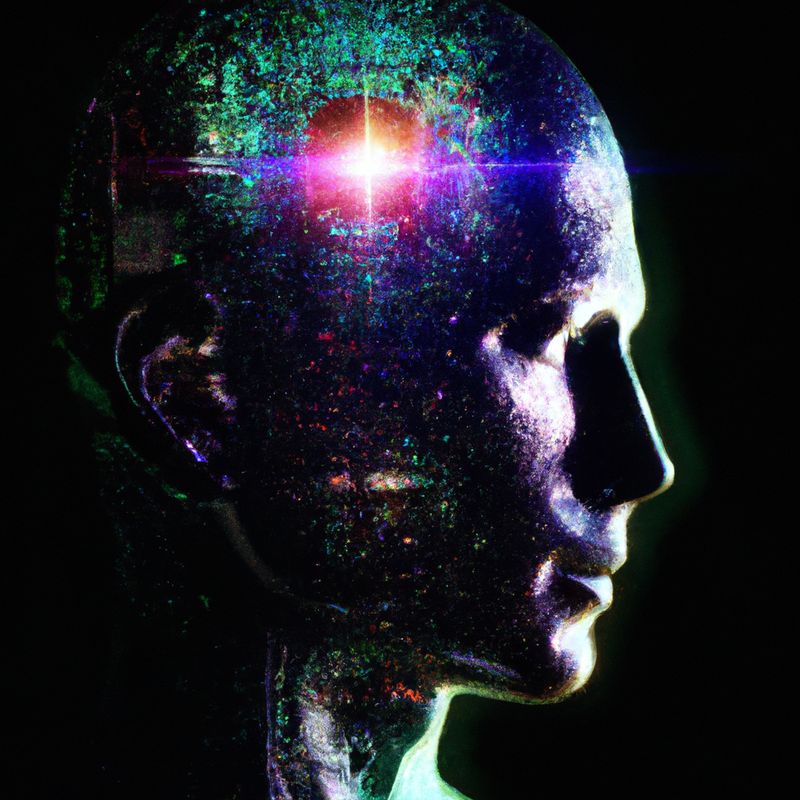Using Generative AI to Accelerate Automation

Generative artificial intelligence (AI) is a powerful tool for automating processes and tasks. By leveraging generative AI, organizations can quickly create and deploy automated systems that can handle complex tasks with minimal human intervention. Generative AI can help organizations accelerate automation by reducing the time and effort required to develop and deploy automated systems.
What is Generative AI?
Generative AI is a type of artificial intelligence that is designed to generate new and unique solutions to problems. This type of AI is based on machine learning algorithms that are trained to recognize patterns and generate new solutions from those patterns. Generative AI is used to automate tasks that are too complex for traditional programming methods, such as natural language processing, image recognition, and recommendation systems. Generative AI can also be used to create and deploy automated systems that can handle complex tasks with minimal human intervention.
Benefits of Generative AI for Automation
Generative AI can be used to automate processes and tasks that are too complex for traditional programming methods. Generative AI can quickly generate and deploy automated systems that can handle complex tasks with minimal human intervention. This can help organizations accelerate automation by reducing the time and effort required to develop and deploy automated systems. Generative AI can also be used to create automated systems that are more efficient and accurate than traditional programming methods. Additionally, generative AI can help organizations reduce costs associated with automation by eliminating the need for manual labor.
How to Implement Generative AI for Automation
Organizations can use generative AI to accelerate automation by leveraging existing machine learning algorithms to generate automated systems. To implement generative AI for automation, organizations should first identify the tasks that they want to automate and then select the appropriate machine learning algorithms. After selecting the machine learning algorithms, organizations should train the algorithms on the data associated with the tasks. Once the algorithms have been trained, organizations can use them to generate automated systems that can handle the tasks with minimal human intervention.
Conclusion
Generative AI is a powerful tool for automating processes and tasks. By leveraging generative AI, organizations can quickly create and deploy automated systems that can handle complex tasks with minimal human intervention. Generative AI can help organizations accelerate automation by reducing the time and effort required to develop and deploy automated systems. Additionally, generative AI can help organizations reduce costs associated with automation by eliminating the need for manual labor. To implement generative AI for automation, organizations should first identify the tasks that they want to automate and then select the appropriate machine learning algorithms.

